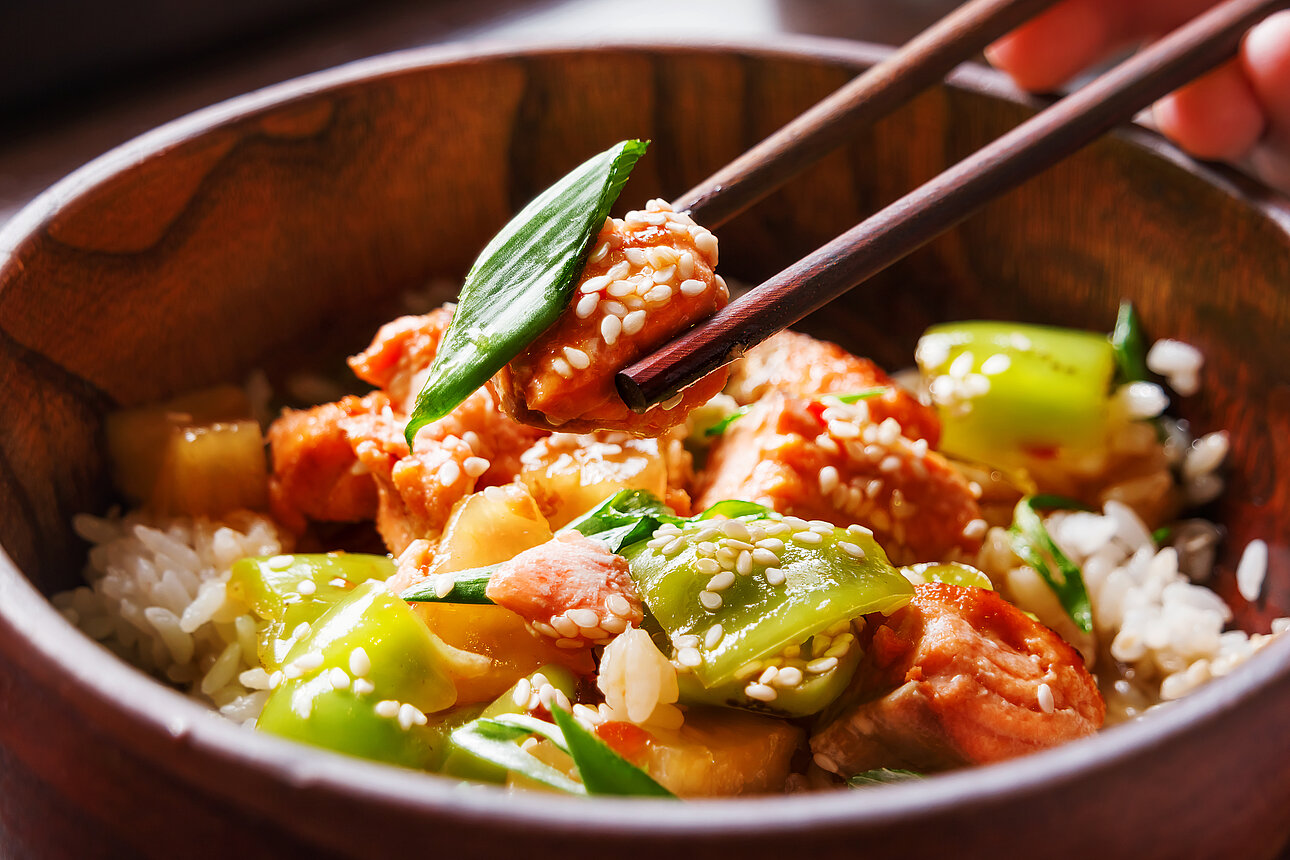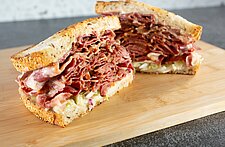Asia is made up of 51 countries and is the largest continent by land mass. It’s also the most populous continent and is renowned for its food cultures.
It should come as no surprise, then, that Asian cuisine is exceptionally varied. Even so, there are many common misconceptions about Asian food in America. How can you combat these mistaken beliefs and bring the best of Asian cuisine to your customers?
Chinese and Japanese Cuisines Are the Most Important
While stir fry, sushi, and ramen are popular among Americans, there’s a lot more to Chinese and Japanese cuisine, and there are many other nations with a rich history of food culture. Luckily, many Americans developed an interest in exploring foreign food markets during the pandemic.
While classic Japanese dishes like okonomiyaki and Chinese fare like char siu may not yet be on every American’s radar, dishes like Chinese hot pot, soup dumplings, and karaage are gaining popularity in American markets. Korean BBQ is an easy sell for American palates, as is Korean fried chicken.
While Indian and Thai cuisines are already popular, most Americans have never even heard of dishes like Indonesian sweet martabak or Padang sate, popiah from Singapore, Filipino cassava cake, or Burmese lahpet thoke, which are hugely popular throughout Southeast Asia. Now might be a great time to introduce such dishes to American diners.
Subscribe to In-sight to receive articles and reports directly to your inbox, CLICK HERE!
Flavor Begins and Ends With Soy Sauce
Soy products, from edamame to tofu, are a popular addition to many types of Asian cuisine, and salty soy sauce is no exception. While this may be the best-known flavoring among Americans, Asian foods are incredibly varied when it comes to flavor profiles.
Additions like curry and kimchi, spicy Thai basil, earthy pandan, sweet ube, and citrusy yuzu bring complex dimensions to all kinds of dishes, and more Americans are starting to recognize and experiment with these ingredients. Restaurants and food manufacturers can help to drive the popularity of flavors that are already well-known in Asian circles.
Every Dish Requires Rice or Noodles
Rice and noodles are popular additions to Asian dishes, just as many cultures use satisfying carbs like pasta and potatoes to complement protein and vegetable dishes. That said, a wide array of food stands alone — without starchy rice or noodles as a base.
Most Americans are already familiar with sashimi, and while they might consider it sushi without rice, it’s actually a distinctive dish. Many soups and stews feature noodles, but there are plenty without. Chinese hot pot is endlessly customizable and can be made with or without noodles.
Satay, with variants in several Asian countries, could be added to a rice or noodle bowl, but it’s most frequently consumed straight from the skewer, smothered or dipped in sauce. Then there are dishes like savory pajeon, or Korean scallion pancakes, that add carbs through a flour-based batter.
Related: Misconceptions Concerning Latin American Cuisine
 There’s Only One Right Way to Use Chopsticks
There’s Only One Right Way to Use Chopsticks
Technically, this has more to do with how food is eaten than what’s on the plate, but if patrons are hesitant to try these delicate utensils, you can help them out with a lesson or simply let them figure out whatever way works best for them.
Not all chopsticks are made the same, so when diners struggle, suggest practicing with utensils that are shorter, longer, tapered, thicker, or made with different materials.
Educate and Delight with Asian Cuisine
With so many different types of cuisine across Asian nations, a range of sweet, spicy, savory, and umami flavors, and versatile dishes that can pair with rice and noodles or not, there’s no end to the ingredients and recipes you can introduce to American diners, helping to dispel common misconceptions along the way.
To learn more about our products and insights, get in touch with our team at Symrise today, Contact us here!





